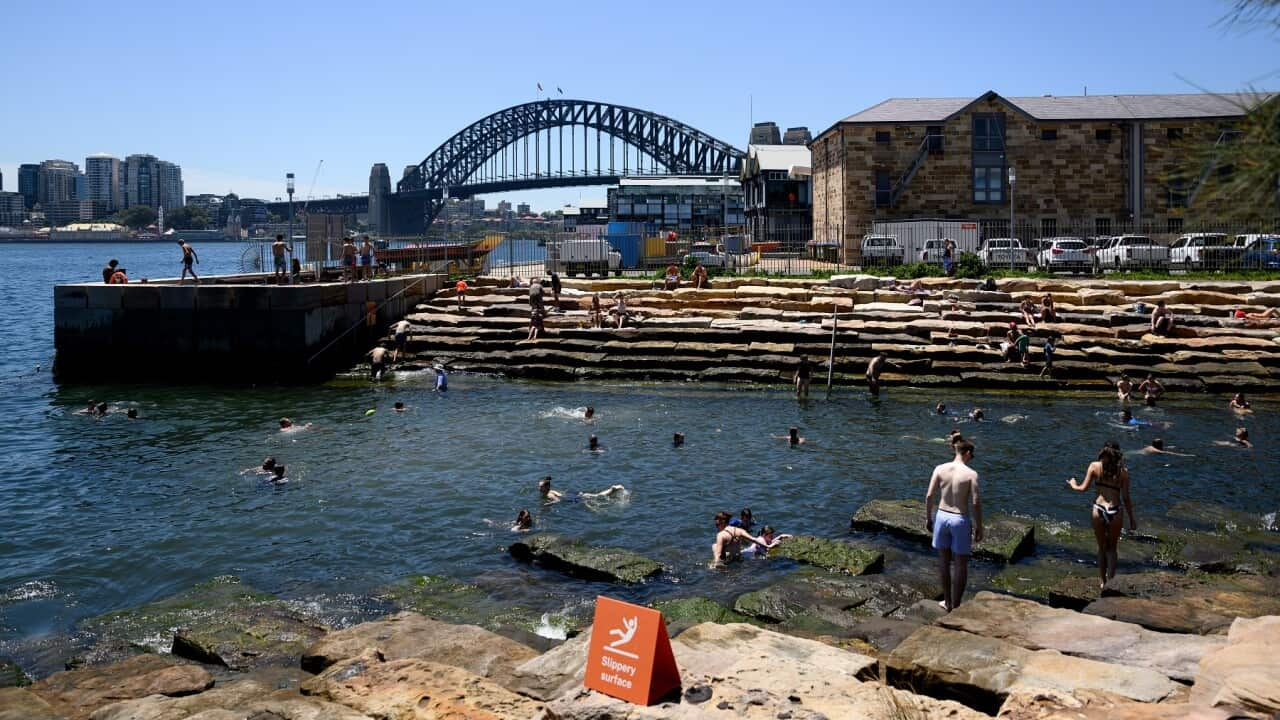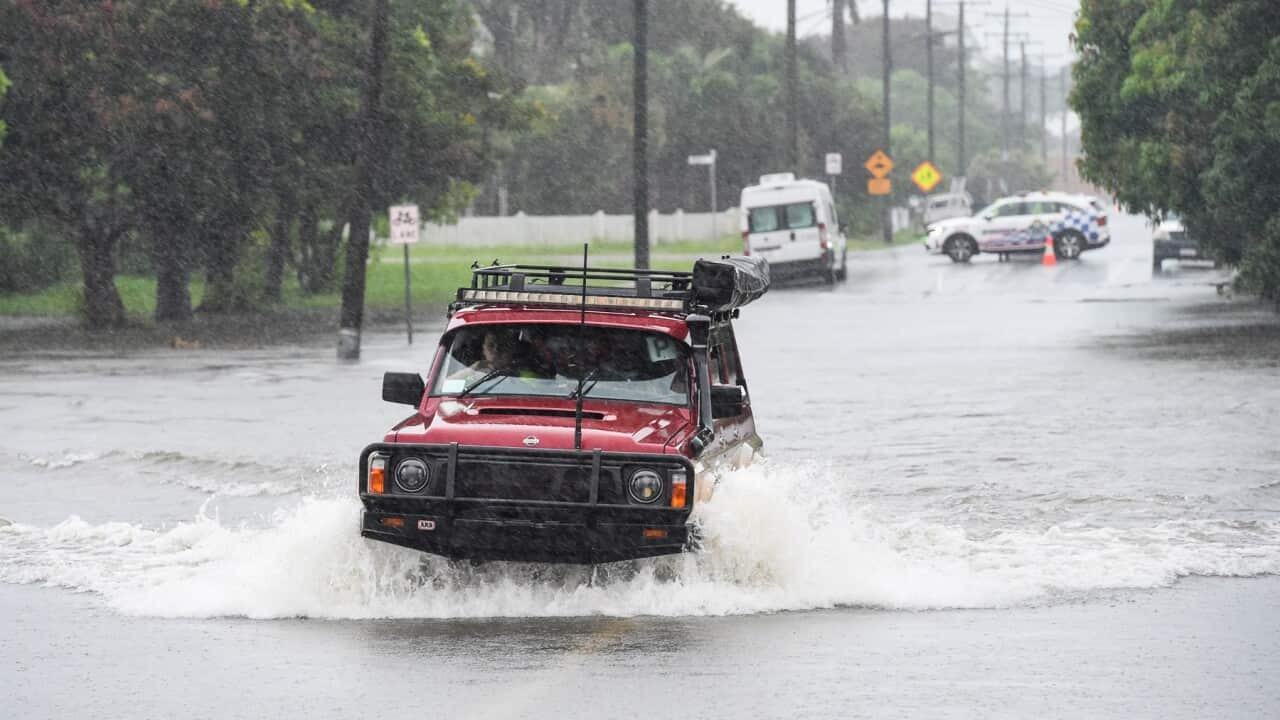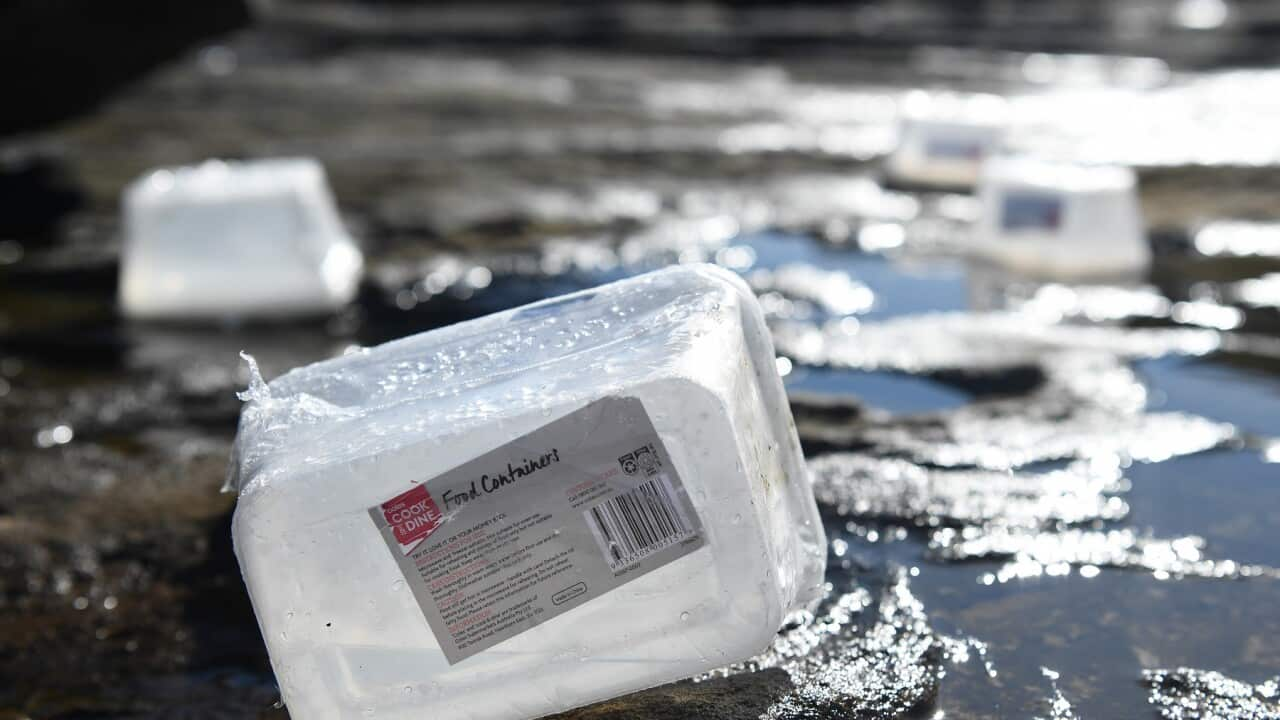TRANSCRIPT:
In central Australia's red sand, Wangkangurru and Yarluyandi Elder Don Rowlands is no stranger to droughts.
But now, parts of his desert home look more like an island because of record-breaking rain in Queensland that has made its way across to South Australia.
While most animals try to escape, some flock to the floods.
Mr Rowlands says it is an enchanting sight.
"For me, as a Park Ranger, I just love the bird life that comes with it. It's magic. It's in the wildflowers, it's in the green grass. It's something you don't expect to see."
Stephen Langman is a resident of Clare in South Australia.
He says a wide variety of birds have been coming to his property, from black swans and ducks, to herons and eagles.
"Within days of the water encroaching in South Australia, thousands upon thousands of birds have seemed to come out of nowhere. Like it's incredible."
But researchers who have been surveying waterbirds in Eastern Australia for over 42 years say it's not all that uncommon.
Dr Kate Brandis is a Senior Research Fellow at the University of New South Wales.
She says birds are chasing the new source of nutrition that usually comes with an influx of water.
"Places when they flood, there are a lot of sandy islands for them to nest on without vegetation, so they really like that from a pelicans point of view. The fish that come with those flood water also is a great food resource for while they're nesting and raising their young."
Over 20,000 pelicans migrated to Narran Lakes in New South Wales in 2023, which is a water source that only fills during times of major flooding.
These birds can travel over 400 kilometres, migrating to new floodwaters in Gippsland Lakes, Victoria.
Dr Brandis says it is still a mystery as to how these birds know where to go.
"Nobody really knows why birds travel to the flooded areas, but it's very common and they do it in very large numbers when the conditions are right in those big floodplain wetlands systems."













